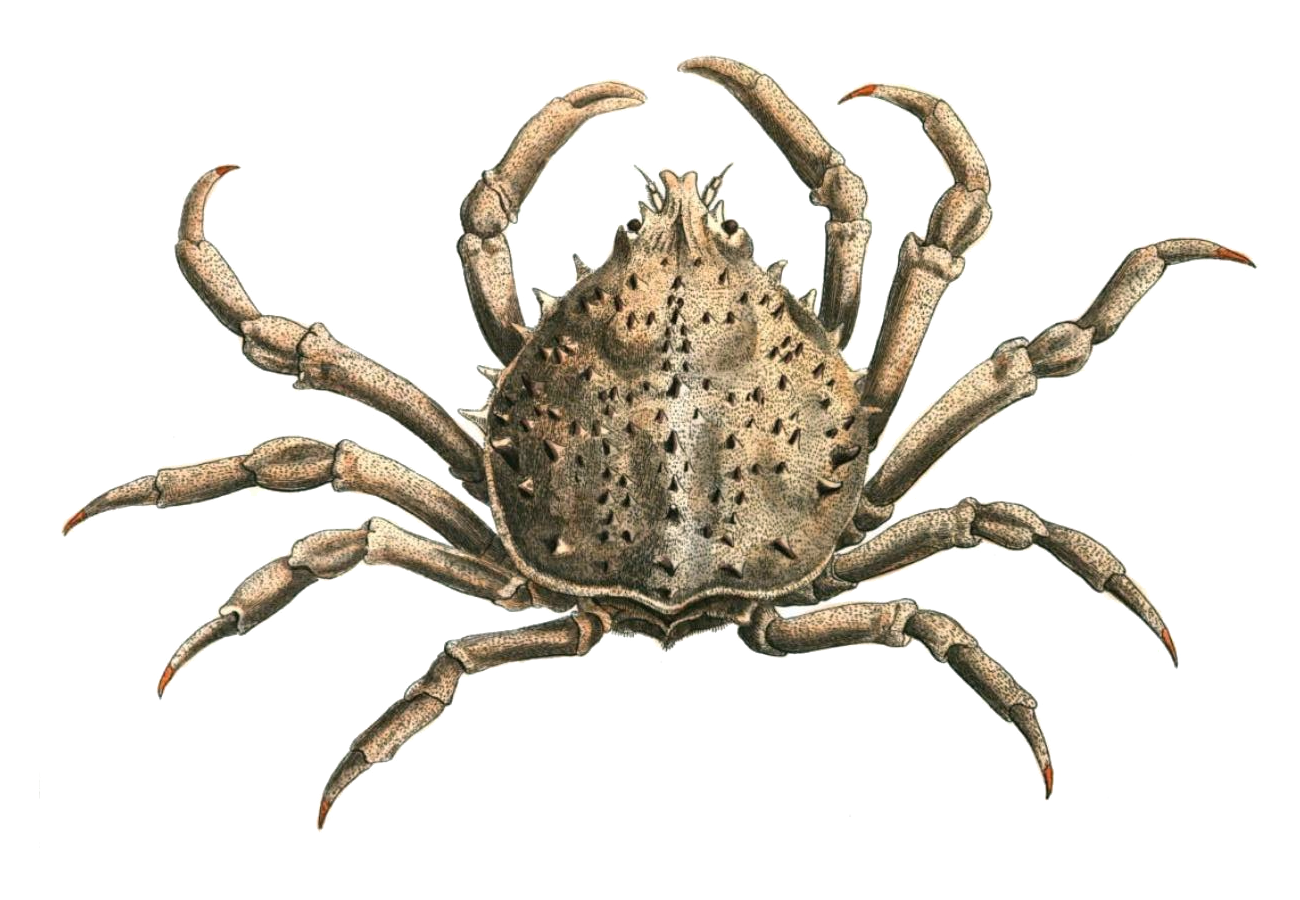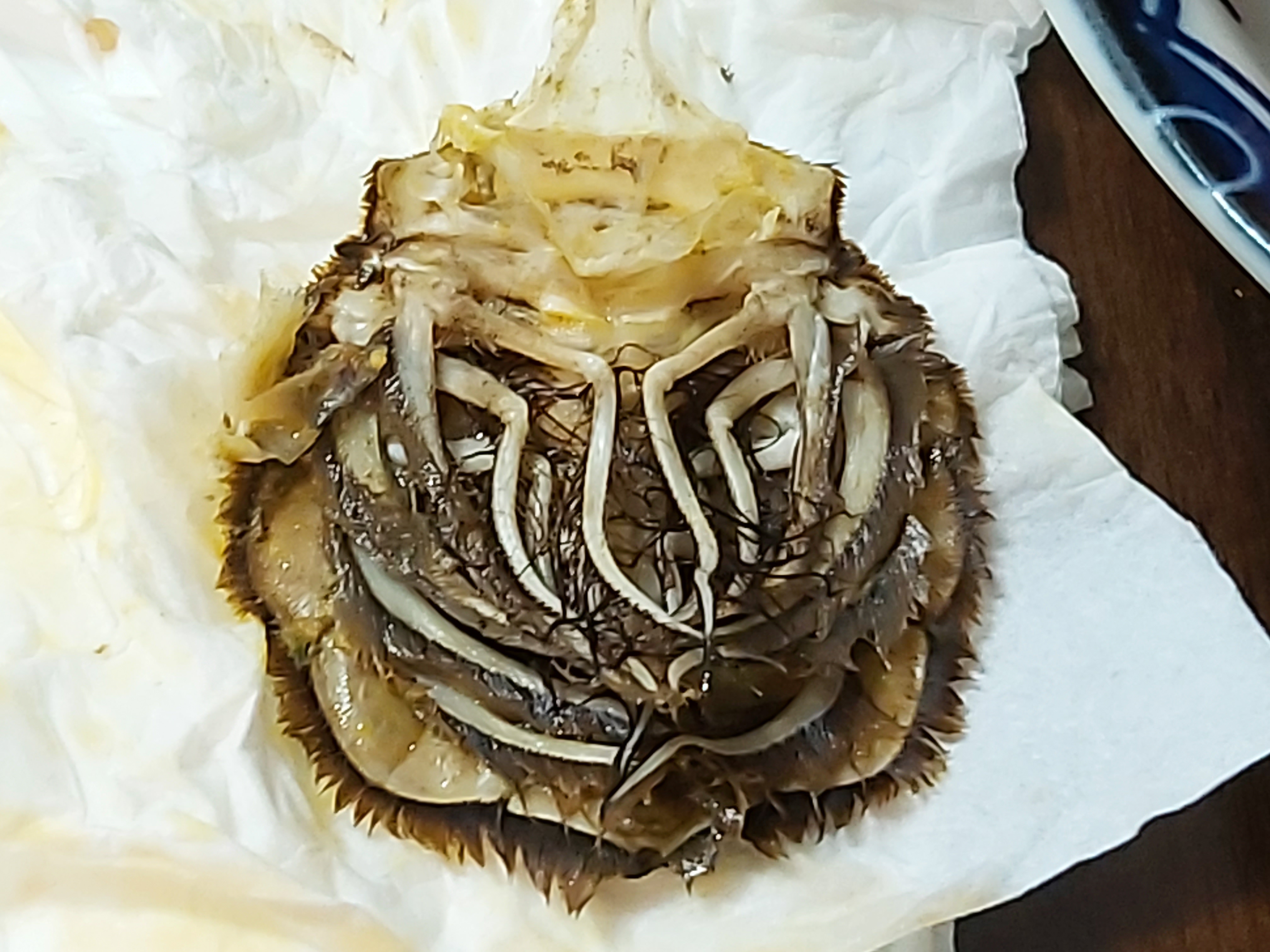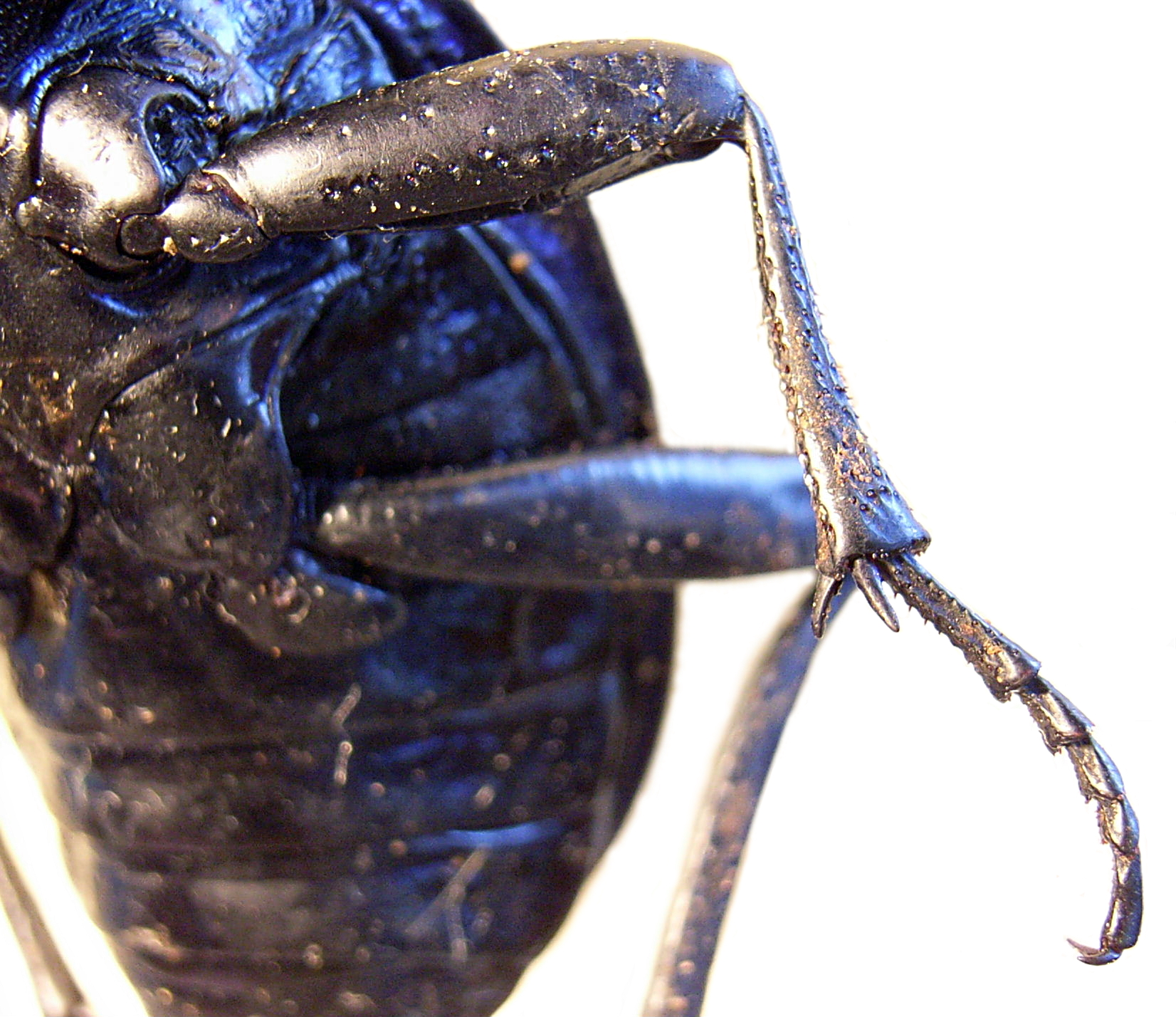|
Caprella Penantis
''Caprella penantis'' is a species of skeleton shrimp in the family Caprellidae. It lives on the seabed in shallow water in many parts of the world. This species was first described in 1814 by the English zoologist William Elford Leach who named it ''Caprella penantis'' in honour of the Welsh naturalist Thomas Pennant. The type locality is Devon, England. Description Like other caprellid skeleton shrimps, ''Caprella penantis'' has a cylindrical, slender body with much reduced abdominal segments. It grows to a length of about . The gnathopods (feeding appendages) are hooked and the three pairs of pereiopods (walking legs) are modified for clinging on to the plants and other organisms amongst which it lives. Compared to other caprellids in similar habitats, it has a small, sharply-pointed rostrum on its head and a relatively robust body. While generally drab in colour, this skeleton shrimp may take on some of the coloration of whatever it is feeding on. Distribution ''Caprella pe ... [...More Info...] [...Related Items...] OR: [Wikipedia] [Google] [Baidu] |
William Elford Leach
William Elford Leach Royal Society, FRS (2 February 1791 – 25 August 1836) was an English zoologist and marine biologist. Life and work Elford Leach was born at Hoe Gate, Plymouth, the son of an attorney. At the age of twelve he began a medical apprenticeship at the Royal Devon and Exeter Hospital, Devonshire and Exeter Hospital, studying anatomy and chemistry. By this time he was already collecting marine animals from Plymouth Sound and along the Devon coast. At seventeen he began studying medicine at St Bartholomew's Hospital in London, finishing his training at the University of Edinburgh before graduating Doctor of Medicine, MD from the University of St Andrews (where he had never studied). From 1813 Leach concentrated on his zoological interests and was employed as an 'Assistant Librarian' (what would later be called Assistant Keeper) in the Natural History Museum, London, Natural History Department of the British Museum, where he had responsibility for the zoological ... [...More Info...] [...Related Items...] OR: [Wikipedia] [Google] [Baidu] |
Pereiopod
The decapod (crustaceans such as a crab, lobster, shrimp or prawn) is made up of 20 body segments grouped into two main body parts: the cephalothorax and the pleon (abdomen). Each segment may possess one pair of appendages, although in various groups these may be reduced or missing. They are, from head to tail: Cephalothorax Head # antennules # antennae #mandibles # first maxillae # second maxillae The head also bears the (usually stalked) compound eyes. The distal portion of a mandible or maxilla which has a sensory function is known as a palp. Thorax / pereon #first maxillipeds #second maxillipeds #third maxillipeds #first pereiopods #second pereiopods #third pereiopods #fourth pereiopods #fifth pereiopods Maxillipeds are appendages modified to function as mouthparts. Particularly in the less advanced decapods, these can be very similar to the pereiopods. Pereiopods are primarily walking legs and are also used for gathering food. They are also the ten legs from which decapods ... [...More Info...] [...Related Items...] OR: [Wikipedia] [Google] [Baidu] |
Plankton
Plankton are the diverse collection of organisms found in Hydrosphere, water (or atmosphere, air) that are unable to propel themselves against a Ocean current, current (or wind). The individual organisms constituting plankton are called plankters. In the ocean, they provide a crucial source of food to many small and large aquatic organisms, such as bivalves, fish and whales. Marine plankton include bacteria, archaea, algae, protozoa and drifting or floating animals that inhabit the saltwater of oceans and the brackish waters of estuaries. Freshwater plankton are similar to marine plankton, but are found in the freshwaters of lakes and rivers. Plankton are usually thought of as inhabiting water, but there are also airborne versions, the aeroplankton, that live part of their lives drifting in the atmosphere. These include plant spores, pollen and wind-scattered seeds, as well as microorganisms swept into the air from terrestrial dust storms and oceanic plankton swept into the air ... [...More Info...] [...Related Items...] OR: [Wikipedia] [Google] [Baidu] |
Brood Pouch (Peracarida)
The marsupium or brood pouch, is a characteristic feature of Peracarida, including the orders Amphipoda, Isopoda, Cladocera, and Cumacea. It is an egg chamber formed by oostegites, which are appendages that are attached to the coxae (first segment) of the first pereiopods. Females lay their eggs directly into the brood chamber, and the young will develop there, undergoing several moults before emerging as miniature adults referred to as mancae. Males have no marsupium. References {{malacostraca-stub Crustacean anatomy ... [...More Info...] [...Related Items...] OR: [Wikipedia] [Google] [Baidu] |
Thalassia Testudinum
''Thalassia testudinum'', commonly known as turtlegrass, is a species of marine seagrass. It forms meadows in shallow sandy or muddy locations in the Caribbean Sea and the Gulf of Mexico. Turtle grass and other seagrasses form meadows A meadow ( ) is an open habitat, or field, vegetated by grasses, herbs, and other non-woody plants. Trees or shrubs may sparsely populate meadows, as long as these areas maintain an open character. Meadows may be naturally occurring or artifici ... which are important habitats and feeding grounds. The grass is eaten by turtles and herbivorous fish, supports many epiphytes, and provides habitat for juvenile fish and many invertebrate taxa. Description ''Thalassia testudinum'' is a perennial grass growing from a long, jointed rhizome. The rhizome is buried in the Substrate (biology), substrate deep, exceptionally down to . Some nodes are leafless but others bear a tuft of several erect, linear leaf blades. These are up to long and wide and have ... [...More Info...] [...Related Items...] OR: [Wikipedia] [Google] [Baidu] |
Leptogorgia Virgulata
''Leptogorgia virgulata'', commonly known as the sea whip or colorful sea whip, is a species of Alcyonacea, soft coral in the Family (biology), family Gorgoniidae.''Leptogorgia virgulata'' (sea whip), ''L. hebes'' (regal sea fan), and their associates South Carolina Department of Natural Resources. Retrieved 2011-12-05. Description ''Leptogorgia virgulata'' is a Colony (biology), colonial coral averaging about in height, usually between 15 and 60 cm as an adult, but sometimes reaching . It does not have the rigid calcium carbonate skeleton possessed by the true corals but its stalks have an internal, axial skeleton which is stiffened by sclerites and covered by an outer layer, the coenenchyme. It has an upright growth habit with vertical, whi ...[...More Info...] [...Related Items...] OR: [Wikipedia] [Google] [Baidu] |
Cosmopolitan Distribution
In biogeography, cosmopolitan distribution is the term for the range of a taxon that extends across all or most of the world in appropriate habitats. Such a taxon, usually a species, is said to exhibit cosmopolitanism or cosmopolitism. The extreme opposite of a cosmopolitan species is an endemic one, being found only in a single geographical location. Qualification The caveat “in appropriate habitat” is used to qualify the term "cosmopolitan distribution", excluding in most instances polar regions, extreme altitudes, oceans, deserts, or small, isolated islands. For example, the housefly is highly cosmopolitan, yet is neither oceanic nor polar in its distribution. Related terms and concepts The term pandemism also is in use, but not all authors are consistent in the sense in which they use the term; some speak of pandemism mainly in referring to diseases and pandemics, and some as a term intermediate between endemism and cosmopolitanism, in effect regarding pandemism as ... [...More Info...] [...Related Items...] OR: [Wikipedia] [Google] [Baidu] |
Rostrum (anatomy)
Rostrum (from Latin ', meaning ''beak'') is a term used in anatomy for a number of phylogenetically unrelated structures in different groups of animals. Invertebrates * In crustaceans, the rostrum is the forward extension of the carapace in front of the eyes. It is generally a rigid structure, but can be connected by a hinged joint, as seen in Leptostraca. * Among insects, the rostrum is the name for the piercing mouthparts of the order Hemiptera as well as those of the snow scorpionflies, among many others. The long snout of weevils is also called a rostrum. * Gastropod molluscs have a rostrum or proboscis. * Cephalopod molluscs have hard beak-like mouthparts referred to as the rostrum. File:Washington DC Zoo - Macrobrachium rosenbergii 6.jpg, Crustacean: the rostrum of the shrimp ''Macrobrachium rosenbergii'' is serrated along both edges. File:Gminatus australis with Beetle.jpg, Insect: assassin bug piercing its prey with its rostrum File:Architeuthis beak.jpg, Cephalopod: ... [...More Info...] [...Related Items...] OR: [Wikipedia] [Google] [Baidu] |
Gnathopod
An appendage (or outgrowth) is an external body part, or natural prolongation, that protrudes from an organism's body. In arthropods, an appendage refers to any of the homologous body parts that may extend from a body segment, including antennae, mouthparts (including mandibles, maxillae and maxillipeds), gills, locomotor legs (pereiopods for walking, and pleopods for swimming), sexual organs (gonopods), and parts of the tail (uropods). Typically, each body segment carries one pair of appendages. An appendage which is modified to assist in feeding is known as a maxilliped or gnathopod. In vertebrates, an appendage can refer to a locomotor part such as a tail, fins on a fish, limbs (legs, flippers or wings) on a tetrapod; exposed sex organ; defensive parts such as horns and antlers; or sensory organs such as auricles, proboscis ( trunk and snout) and barbels. Appendages may become ''uniramous'', as in insects and centipedes, where each appendage comprises a single series ... [...More Info...] [...Related Items...] OR: [Wikipedia] [Google] [Baidu] |
Species
In biology, a species is the basic unit of classification and a taxonomic rank of an organism, as well as a unit of biodiversity. A species is often defined as the largest group of organisms in which any two individuals of the appropriate sexes or mating types can produce fertile offspring, typically by sexual reproduction. Other ways of defining species include their karyotype, DNA sequence, morphology, behaviour or ecological niche. In addition, paleontologists use the concept of the chronospecies since fossil reproduction cannot be examined. The most recent rigorous estimate for the total number of species of eukaryotes is between 8 and 8.7 million. However, only about 14% of these had been described by 2011. All species (except viruses) are given a two-part name, a "binomial". The first part of a binomial is the genus to which the species belongs. The second part is called the specific name or the specific epithet (in botanical nomenclature, also sometimes i ... [...More Info...] [...Related Items...] OR: [Wikipedia] [Google] [Baidu] |
Devon
Devon ( , historically known as Devonshire , ) is a ceremonial and non-metropolitan county in South West England. The most populous settlement in Devon is the city of Plymouth, followed by Devon's county town, the city of Exeter. Devon is a coastal county with cliffs and sandy beaches. Home to the largest open space in southern England, Dartmoor (), the county is predominately rural and has a relatively low population density for an English county. The county is bordered by Somerset to the north east, Dorset to the east, and Cornwall to the west. The county is split into the non-metropolitan districts of East Devon, Mid Devon, North Devon, South Hams, Teignbridge, Torridge, West Devon, Exeter, and the unitary authority areas of Plymouth, and Torbay. Combined as a ceremonial county, Devon's area is and its population is about 1.2 million. Devon derives its name from Dumnonia (the shift from ''m'' to ''v'' is a typical Celtic consonant shift). During the Briti ... [...More Info...] [...Related Items...] OR: [Wikipedia] [Google] [Baidu] |
Type Locality (biology)
In biology, a type is a particular specimen (or in some cases a group of specimens) of an organism to which the scientific name of that organism is formally attached. In other words, a type is an example that serves to anchor or centralizes the defining features of that particular taxon. In older usage (pre-1900 in botany), a type was a taxon rather than a specimen. A taxon is a scientifically named grouping of organisms with other like organisms, a set that includes some organisms and excludes others, based on a detailed published description (for example a species description) and on the provision of type material, which is usually available to scientists for examination in a major museum research collection, or similar institution. Type specimen According to a precise set of rules laid down in the International Code of Zoological Nomenclature (ICZN) and the International Code of Nomenclature for algae, fungi, and plants (ICN), the scientific name of every taxon is almost a ... [...More Info...] [...Related Items...] OR: [Wikipedia] [Google] [Baidu] |





.jpg)


.jpg)